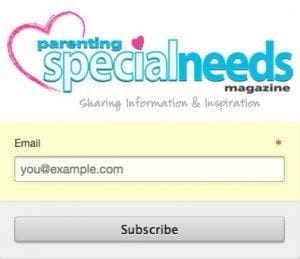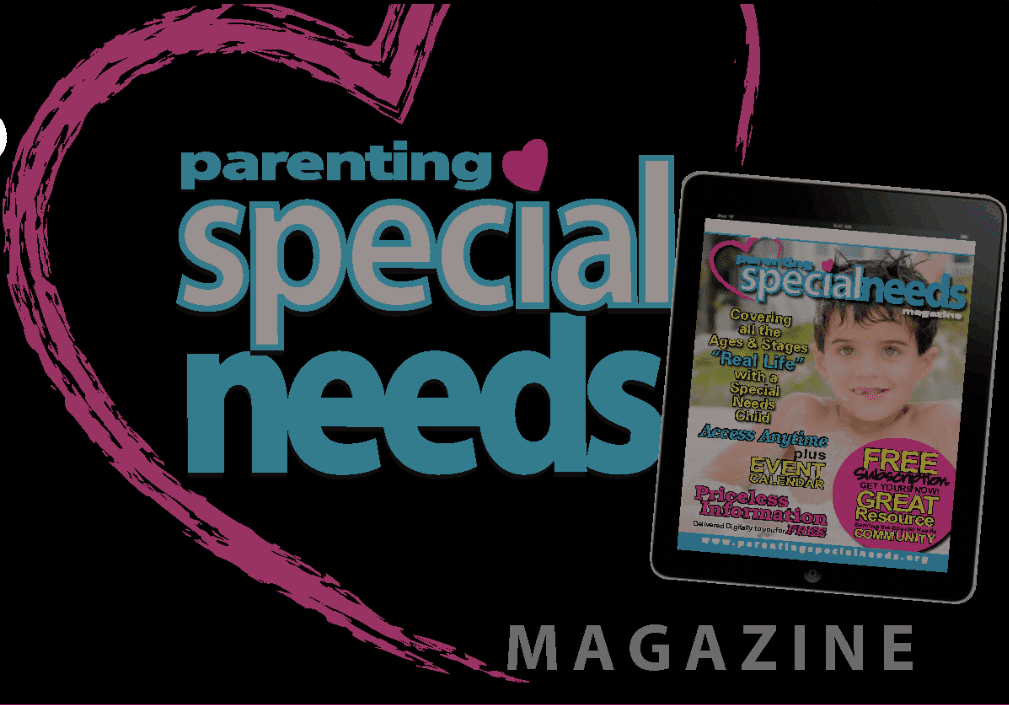Parent-Professional Partnerships {Tip 28 of 31}

A Dance That Matters
EXCERPT from: Parents and Professionals Partnering for Children with Disabilities: A Dance that Matters
THE DANCE TOWARD PARTNERSHIP: Using the Dance Metaphor to Understand Parent‐Professional Partnerships
Forming partnerships between parents of children with disabilities and the professionals who work with them is like learning a new dance. At first the parent dancer and the professional dancer do not glide together gracefully across the floor. The moves are likely to feel stiff, uncertain, and awkward. The partners may have different expectations, needs, and constraints. Each seems to be listening to his or her own music with its own tune, words, and rhythm . . . No wonder some partnerships are not as graceful as others; the absence of shared music and familiar dance steps causes collisions.
Toes‐‐‐and feelings‐‐‐get stepped on…
Dance Steps to Practice: Stop, Look, Listen, Share, and Take Care STOP: It’s easy to fall into the trap of labeling the partners in the dance as either “the parent” or “the professional.” When we stop this categorical thinking, we discover that we share a common label. We are all people—each with our own stories, foibles, strengths, interests, and hopes. Casual conversation in the hallways, over the phone, or before and after meetings create opportunities to get to know each other a little bit better. We learn that one of us likes hockey, or enjoys gardening or works the midnight shift. We may not become best friends or perfect partners but moving beyond our labels into friendly interactions can enhance and strengthen partnerships.
LOOK: Look for opportunities to follow through on commitments you’ve made, big or small. Being dependable is a powerful way to build trust. Notify your partner when you anticipate a delay, a change in your agreement, an unexpected barrier, or when you have more ideas. If you begin to feel ambivalent about the agreed‐upon plans, share your concerns or questions. Keeping silent will inevitably lead to misunderstandings . . . Look to others to talk through the challenges or to seek guidance . . . Stay away from people who encourage blaming or attacking others. That type of negative advice puts a screeching halt to building partnerships.
LISTEN: Listening is the most fundamental and probably the most challenging of all dance steps and must be constantly employed. Work on sharpening your listening skills throughout the dance. Listen for understanding and check in frequently to be certain that you’re on the same page. During conversations, reflect back on what you heard the other person saying. Ask if you got it right. Listen to your own chatter inside your head. Sometimes that chatter interferes with your ability to be truly open to someone else’s thoughts . . .
SHARE: Notice what is working well in the partnership. Let your partners know what has been productive, what you appreciated, and what was helpful. Feedback like this has a reinforcing impact. Partners are more likely to keep doing what worked when it is acknowledged. Most of us second‐guess ourselves, at least occasionally. Receiving appreciation and specific feedback bolsters confidence and energizes partners and the relationship as a whole.
It’s always important to share when unusual stresses or life changes, such as a family illness or an unexpected deadline, might impact interactions or the partnership. Details aren’t necessary but a heads‐up can help explain changes in the routines or even how communication is handled.
TAKE CARE: When we stumble on each other toes, apologies go a long way to repairing and strengthening the partnership. An honest, “I’m sorry.” is a natural part of all healthy relationships. Take care and work toward a shared meaning of the visions for the child and for how “success” is defined.
Bookshelf Essential: Parents and Professionals Partnering for Children with Disabilities: A Dance that Matters
SUBSCRIBE!
Sign up NOW to receive our “31 Back-to-School Tips for a Successful School Year” delivered right to your inbox.
More Family-School Collaboration and Partnership Ideas
- A Complete Guide on Positive Behavior Support for Children With Special Needs
- How Parents Can Work Together to Help Their Child With Their Education
- School Success Tips from Parents & Professionals
- The Importance of Parents and Professionals Partnering
- What Special Education Teachers and Professionals Want You to Know
- Family-School Collaboration Focusing on Quality of Life for All
- IEP… I Do’s Building a Viable Home-School Relationship – It’s like a Marriage
- Know Your Rights in the IEP Process: What Do those Procedural Safeguards Really Mean?
- Beyond the IEP Team: 6 Tips for Parent Participation at School
- Getting Involved with Positive Behavior Support at Your Child’s School
- Whether it’s Your First IEP or You’re a Pro: 10 things to Cover at the Meeting
- Embracing Your Child’s Best Ways of Learning 12 Different Ways to Learn
- Developing Your Own Network




